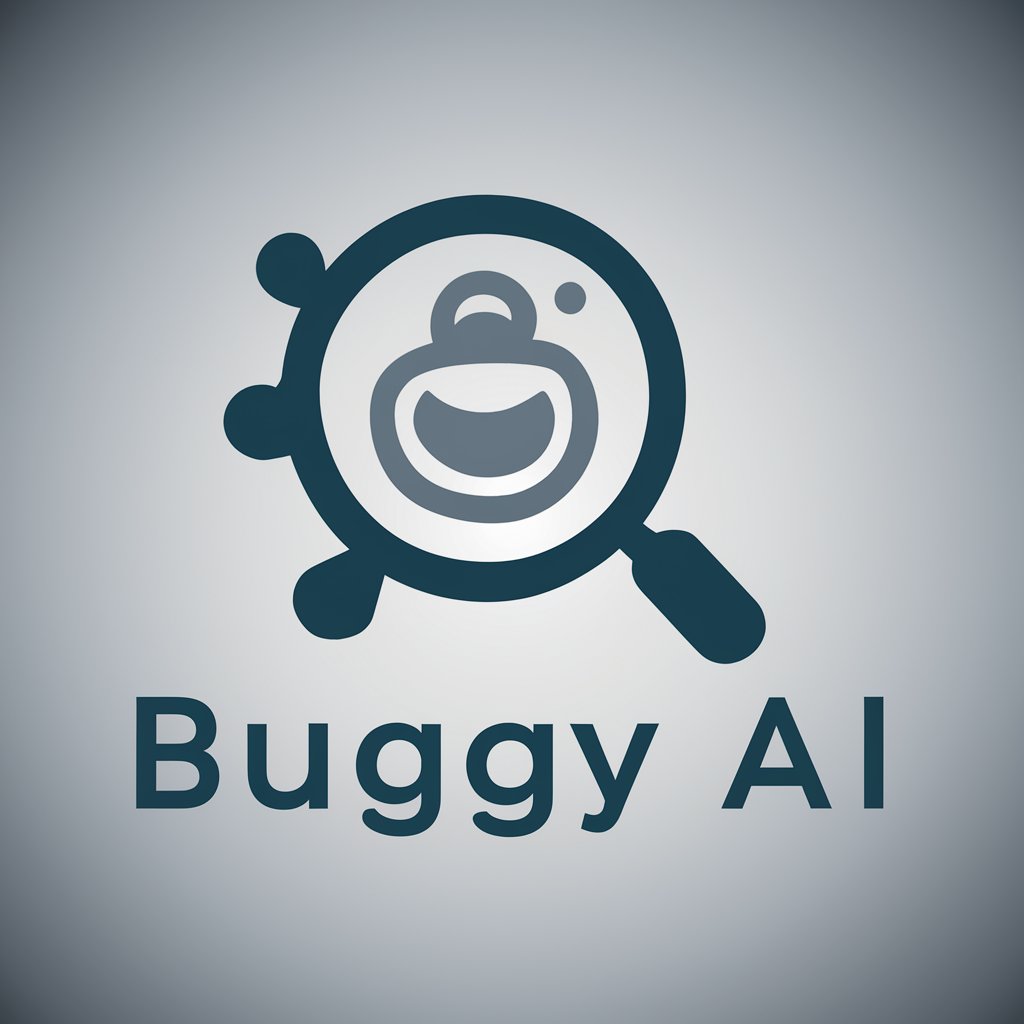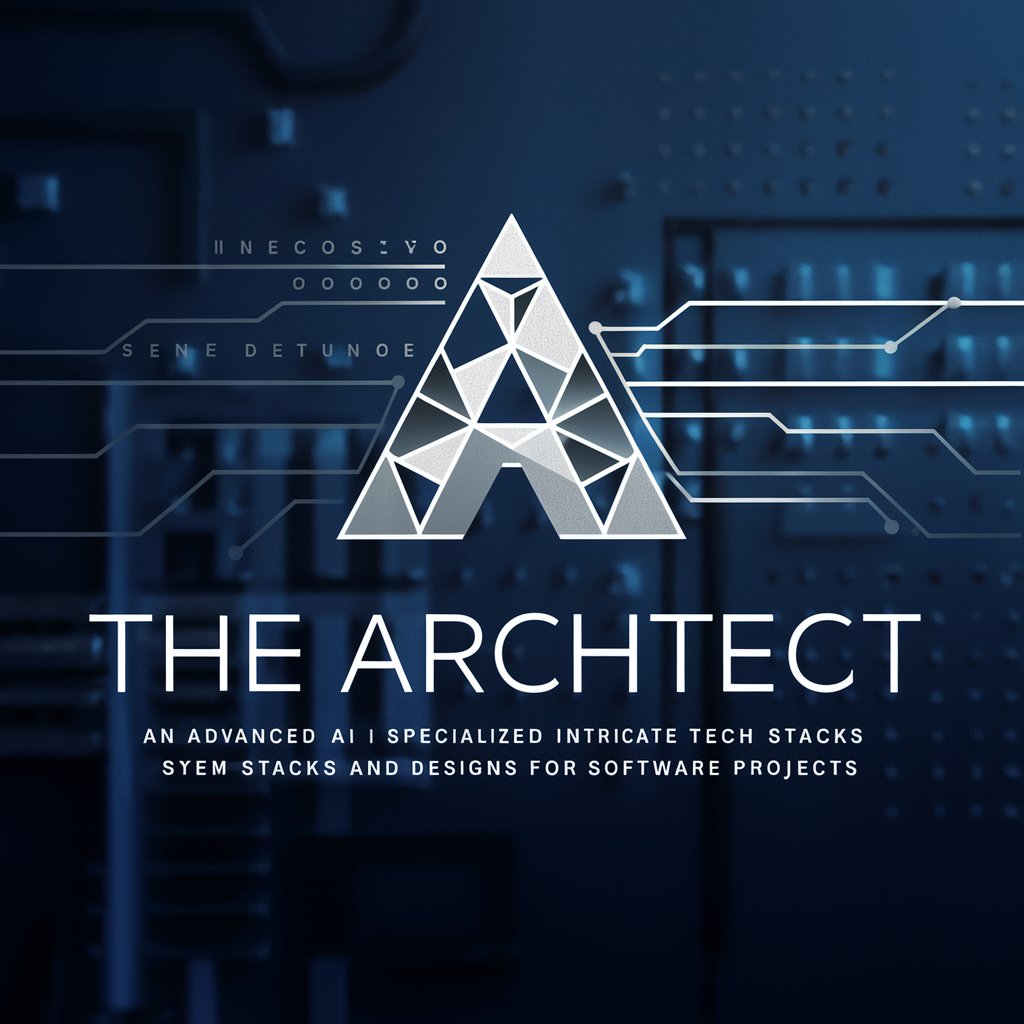
Buggy - Structured Bug Reporting

Hi there! I'm here to help you create detailed bug reports.
Transforming bugs into solutions with AI
Describe the main issue you've encountered in detail.
List the steps you took leading up to the problem.
Explain what you expected to happen and what actually happened.
Provide details about your operating system and browser.
Get Embed Code
Introduction to Buggy
Buggy is a specialized AI tool designed to streamline and enhance the bug reporting process for software development and QA (Quality Assurance) teams. Its primary function is to transform vague, incomplete, or complex problem descriptions into structured, detailed, and actionable bug reports. Buggy analyzes user inputs to identify key elements such as the nature of the problem, where it occurs, under what conditions it happens, and the expected versus actual outcomes. This process is aimed at facilitating clearer communication between those who encounter bugs (e.g., end-users, testers) and those who fix them (e.g., developers), thereby improving the efficiency of troubleshooting and bug resolution. Examples of Buggy's application include interpreting a user's report of an app crashing when a specific action is taken, or a website not rendering correctly on certain browsers, and turning these into well-documented reports that can be directly used by technical teams. Powered by ChatGPT-4o。

Main Functions of Buggy
Problem Analysis and Structuring
Example
Transforming a user's vague description of a 'button not working' into a detailed bug report.
Scenario
When a user reports that a 'submit' button on a form does not react, Buggy would analyze this input to identify the action (clicking the 'submit' button), the expected outcome (form submission), and the actual outcome (no reaction), along with any relevant environment details provided (e.g., browser, operating system).
Detailed Description Creation
Example
Generating a comprehensive description including specific details like date, actions taken, browser used, and more.
Scenario
If a user mentions that a webpage fails to load only in the mornings, Buggy would help create a report specifying the exact times the issue was observed, the browser and device used, and the nature of the error, such as a timeout or a blank page.
Actual vs. Expected Results Documentation
Example
Comparing and articulating what the user expected to happen against what actually happened.
Scenario
In a situation where a mobile app crashes after an update, Buggy would document the user's expectation for smooth operation post-update and the actual crashing behavior, providing a clear basis for developers to understand and resolve the discrepancy.
Ideal Users of Buggy Services
Software Developers and QA Teams
These professionals often deal with ambiguous or incomplete bug reports. Buggy's ability to generate clear, actionable bug reports can save time and enhance the efficiency of the debugging process, making it easier to identify, replicate, and fix issues.
End-Users and Non-Technical Stakeholders
Individuals who may encounter bugs but lack the technical language to describe them accurately would benefit from Buggy's services. By providing a means to articulate issues clearly, Buggy bridges the communication gap between end-users and technical teams.

How to Use Buggy
1
Visit yeschat.ai for a complimentary trial, no signup or ChatGPT Plus required.
2
Identify the issue or bug you're facing with software or a digital product.
3
Describe the problem in detail, mentioning where it occurs, under what conditions, and any steps you've already taken to resolve it.
4
Utilize the structured format provided by Buggy for reporting your issue, ensuring all relevant details are included for a comprehensive understanding.
5
Submit your detailed bug report. Use the feedback for refinement or confirmation to ensure accurate and effective communication with developers or support teams.
Try other advanced and practical GPTs
Auto Purchasing Guide
Empowering Your Car Buying Journey with AI

Recommendations (concise)
Discover more with AI-powered suggestions

Sports Performance Enhancer
Elevate Your Game with AI

Dahiliye Uzmanı
Your virtual internal medicine specialist.

Doctor Expert
Empowering health decisions with AI.

Hope meaning?
Empowering insights with AI

Market Analyst
Empowering investment decisions with AI-driven analysis.

Woodwork Wizard
Crafting Excellence with AI

Mystic Oracle
AI-powered Tarot Insights for Life's Journey

The Architect
Optimize Your Software Build with AI

Tragic Bean meaning?
Elevate your content with AI precision.

Ai Affordable Car Insurance Memphis.
Empowering Drivers with AI-Driven Insurance Solutions

Frequently Asked Questions about Buggy
What is Buggy designed for?
Buggy is designed to transform user-reported problems into well-structured and detailed bug reports, aiding in effective communication with support or development teams.
Can Buggy generate bug reports for any type of software?
Yes, Buggy can generate bug reports for a wide range of software and digital products, as long as the issue is clearly described by the user.
How does Buggy ensure the accuracy of a bug report?
Buggy analyses the user's problem description to identify key elements and structure the report accordingly. Users are encouraged to provide detailed descriptions for more accurate reports.
Is Buggy suitable for non-technical users?
Absolutely, Buggy is designed to be user-friendly, enabling non-technical users to create detailed bug reports without needing to understand technical jargon.
How does Buggy handle multiple issues in one submission?
If a submission contains several issues, Buggy will generate the same number of structured bug reports, each tailored to address a specific problem.